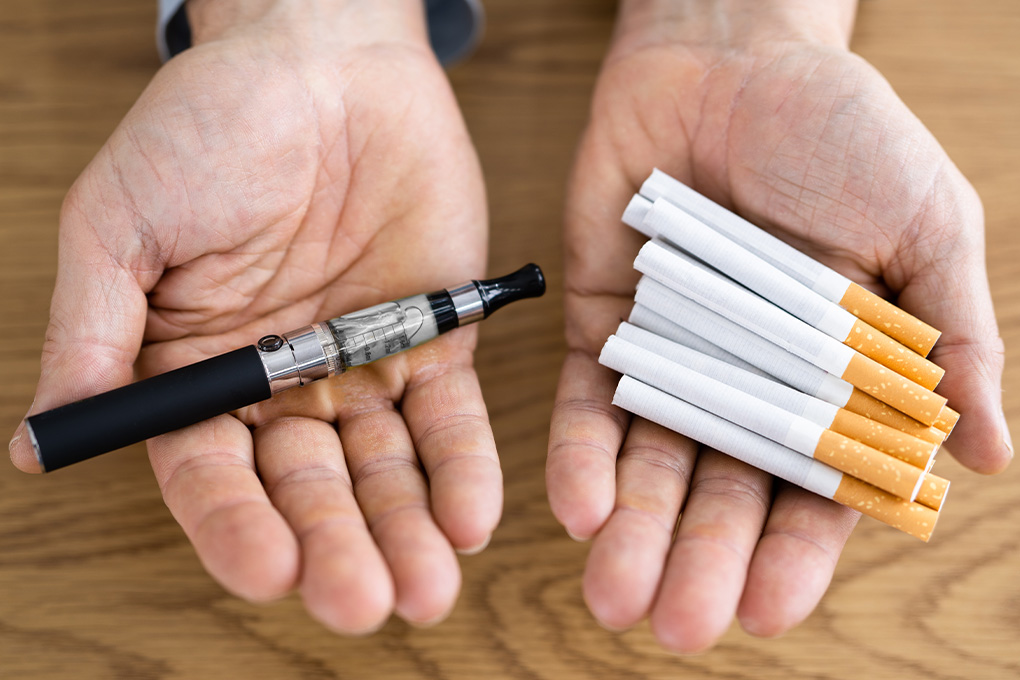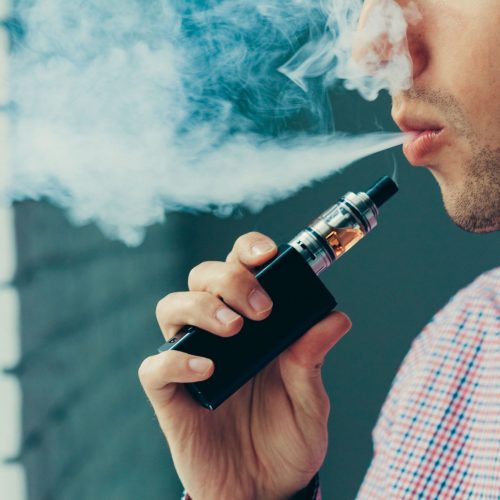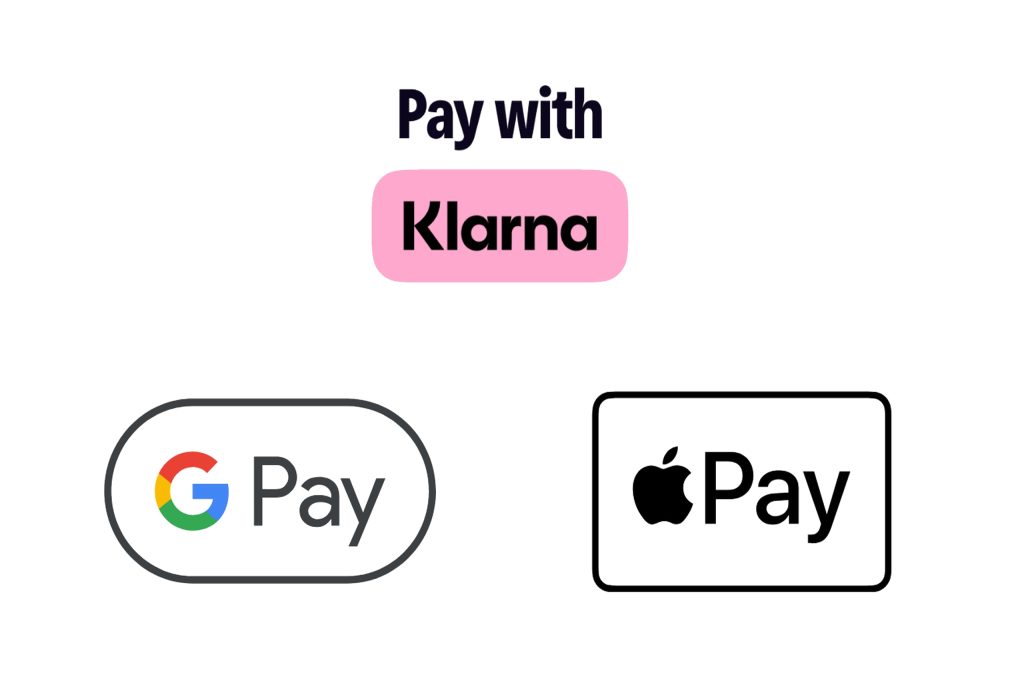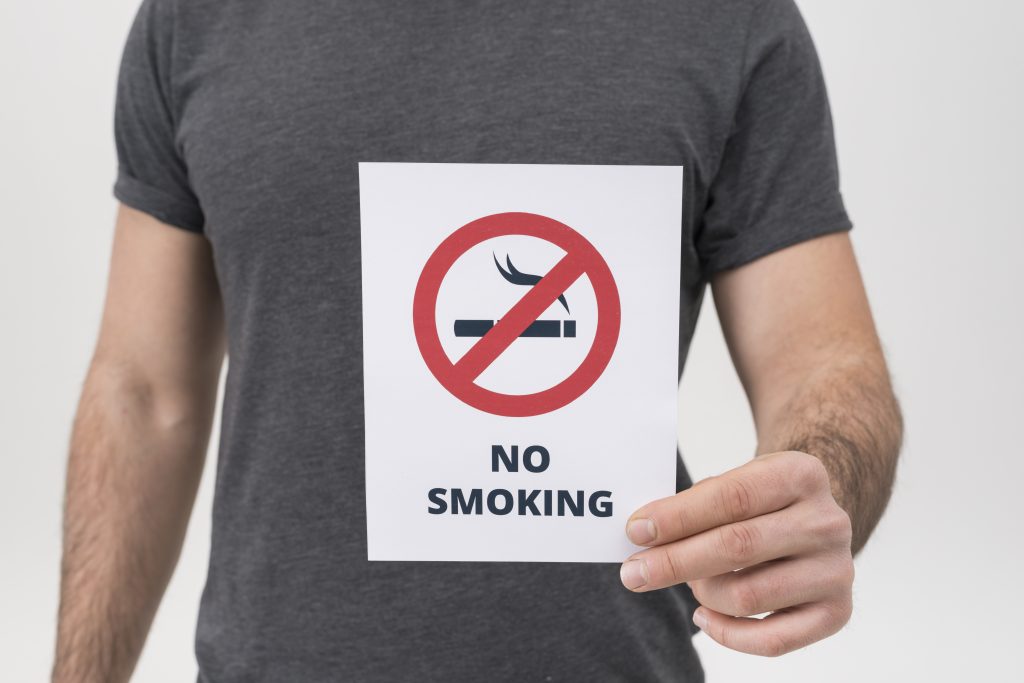Ultimate Juice Blog
What’s the Difference between Smoking vs Vaping?

In recent years, vaping has emerged as a popular alternative to smoking. But what are the key differences between these two habits? And is vaping safer than smoking? Let’s break down the facts, using guidance from the NHS and other leading UK health authorities.
🔥 What Is Smoking?
Smoking involves burning tobacco, which produces smoke that you inhale into your lungs. This process releases over 5,000 chemicals, including tar and carbon monoxide, many of which are highly toxic and cancer-causing.
Regular smoking is strongly linked to serious health issues, such as:
- Lung cancer
- Chronic obstructive pulmonary disease (COPD)
- Heart disease and stroke
The act of burning tobacco is what makes smoking so dangerous, not just to the smoker but also to people exposed to second-hand smoke.

💨 What Is Vaping?
Vaping uses an electronic device (e-cigarette or vape) to heat a liquid—known as e-liquid—which turns into vapour for inhalation. Unlike smoking, there is no combustion involved.
E-liquids often contain:
- Nicotine (optional)
- Propylene glycol
- Vegetable glycerine
- Flavourings
Because there’s no burning, vaping doesn’t produce tar or carbon monoxide, two of the most harmful components of cigarette smoke.
🧪 Health Risks: Smoking vs Vaping
| Feature | Smoking | Vaping |
| Toxins produced | Thousands (tar, CO, carcinogens) | Far fewer chemicals; no tar or CO |
| Cancer risk | Very high | Much lower, but long-term effects still studied |
| Nicotine addiction | Yes | Yes (if e-liquid contains nicotine) |
| Second-hand exposure | Harmful to others | No evidence of harm to bystanders |
| Environmental impact | Cigarette butts are a major pollutant | Rechargeable vapes reduce waste, but still use plastic and batteries |
🧠 Key Takeaways
-
Smoking is deadly — it causes serious disease and harms nearly every organ in the body.
-
Vaping is significantly safer than smoking and is a proven aid for adults trying to quit cigarettes. However, it’s not risk-free, especially for non-smokers.
-
The ultimate goal for better health should be to quit nicotine use entirely, including vaping.
-
Transitioning from smoking to vaping can be a powerful step in the right direction, but should ideally be part of a plan to become nicotine-free.
-
Support and guidance—from healthcare professionals or stop-smoking services—can greatly improve your chances of quitting for good.

✅ Is Vaping Safer Than Smoking?
According to the NHS and Public Health England:
- Vaping is substantially less harmful than smoking.
- E-cigarettes can be an effective tool for helping smokers quit.
- Unlike cigarettes, e-cigarettes don’t produce tar or carbon monoxide.
However, vaping is not completely risk-free. Some studies have found trace levels of harmful substances in vapour, and the long-term health effects are still being researched.
🎯 Vaping as a Quit-Smoking Tool
If you’re a smoker looking to quit:
- Vaping, combined with support from the NHS Stop Smoking Services, can double your chances of success compared to patches or gum alone.
- The goal is to quit smoking first, then gradually reduce your vaping and nicotine use.
🚀 Ready to Quit?
For advice and support on quitting smoking, visit the NHS Quit Smoking page.
If you’re looking for vape products to quit smoking, click here.







